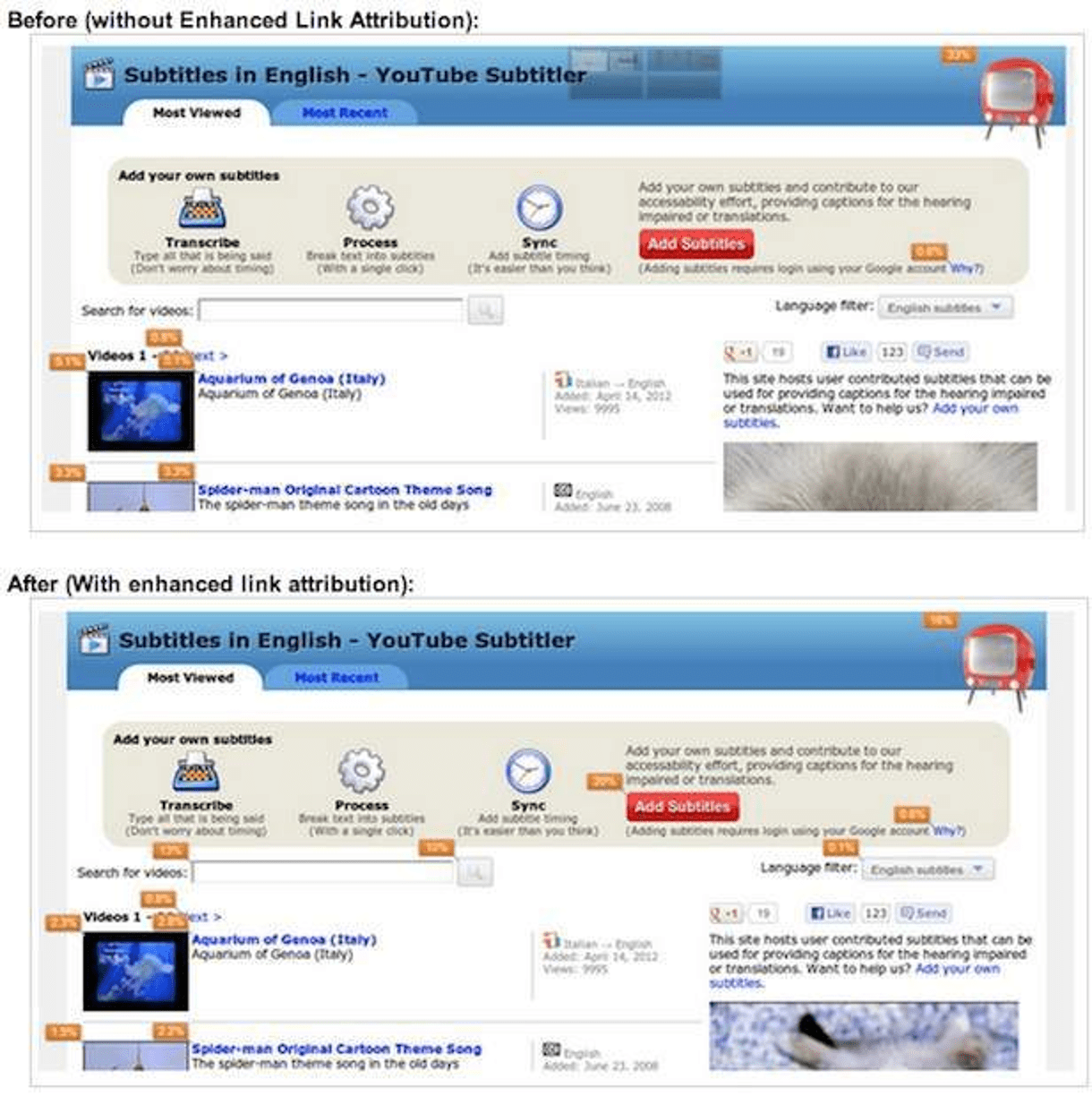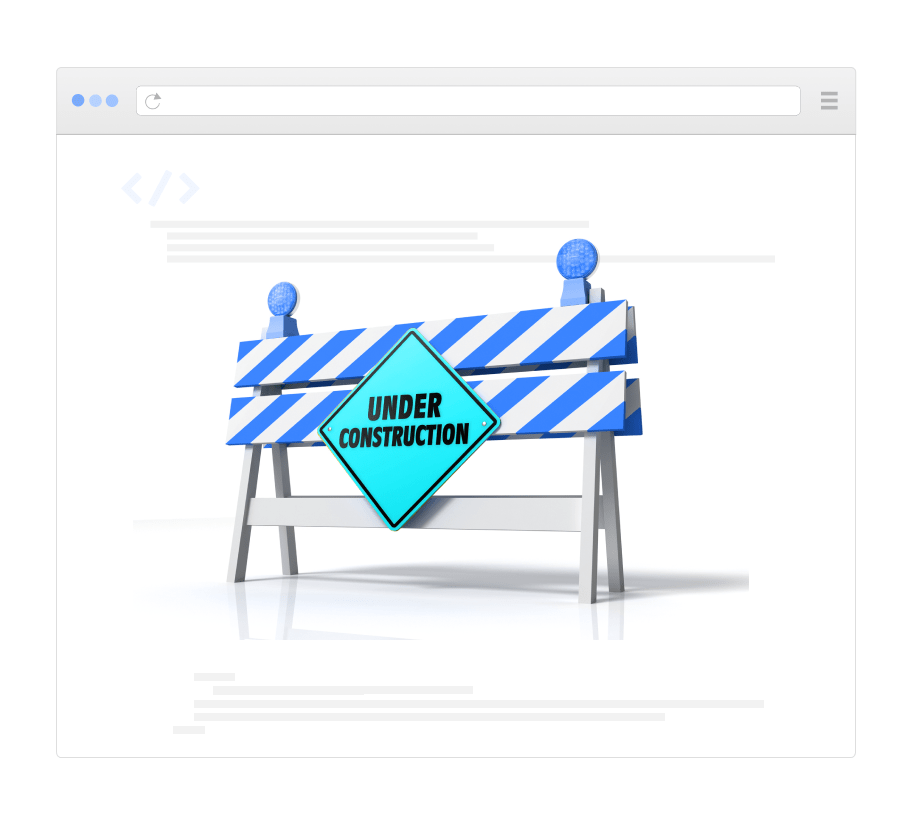All About Google's Enhanced Link Attribution
In November of 2012, Google announced the eventual roll out of a new feature designed to improve In-Page Analytics. Google calls it Enhanced Link Attribution. It was an exciting announcement for Search Engine Optimization professionals as well as page designers. Now, it’s ready for use.
What is Enhanced Link Attribution?
The upgrade addresses one of the major complaints of the SEO world. Before the update, Google Analytics could not distinguish multiple links on one page that led to identical destinations. For instance, if you had 2 links on your landing page, both leading to your blog page, Google Analytics could tell you how many visitors were led to your blog from the landing page, but not which link they clicked to get there.
The Enhanced Link Attribution update can now track EACH link on a page in addition to telling us if a link in the content of a page is as effective as a link from a tab on the same page. However, probably the biggest benefit of Enhanced Link Attribution is that we can now determine if that button the design team implemented is working as well as we had hoped or if users are clicking the text link instead.
Why Is Enhanced Link Attribution Important?
This is important because now we can clearly see how users are responding to the design and content on a page. Google gives us this example of how Enhanced Link Attribution improves the In-Page Analytics:

A couple of things we see here are how the “Add Subtitles” link shows results (20%) when it didn't before. That’s because clicking that link redirected to one of several pages, none that had a specific URL. Enhanced Link Attribution also broke down the number of thumbnail clicks on the “Aquarium of Genoa (Italy)” video versus the clicks on the text link. Those are just a few improvements on the previous way the analytics were reported before the update.
How Do You Get Enhanced Link Attribution Data?
To get your enhanced results, you’ll need to adjust the tracking code.
var _gaq = _gaq || [];
var pluginUrl =
'//www.google-analytics.com/plugins/ga/inpage_linkid.js';
_gaq.push(['_require', 'inpage_linkid', pluginUrl]);
_gaq.push(['_setAccount', 'UA-XXXXXX-Y']);
_gaq.push(['_trackPageview']);
The bold text is the tagging code you’ll need to implement the new feature. When the code is updated, go to your Admin settings on your Analytics page, find the page you want to use the enhanced link function on and click the Property Settings tab. You’ll see an option in the In-Page Analytics section titled “Use enhanced link attribution.” Click Apply and you’re ready to go.
In our review of the new Enhanced Link Attribution we could only pinpoint one minor drawback of the update. When the enhanced link attribution is active, generating a report may take a little longer as Google breaks down the additional information. However, with all things considered we highly recommend taking advantage of this feature as it provides the useful information SEO professionals have desired for some time.




